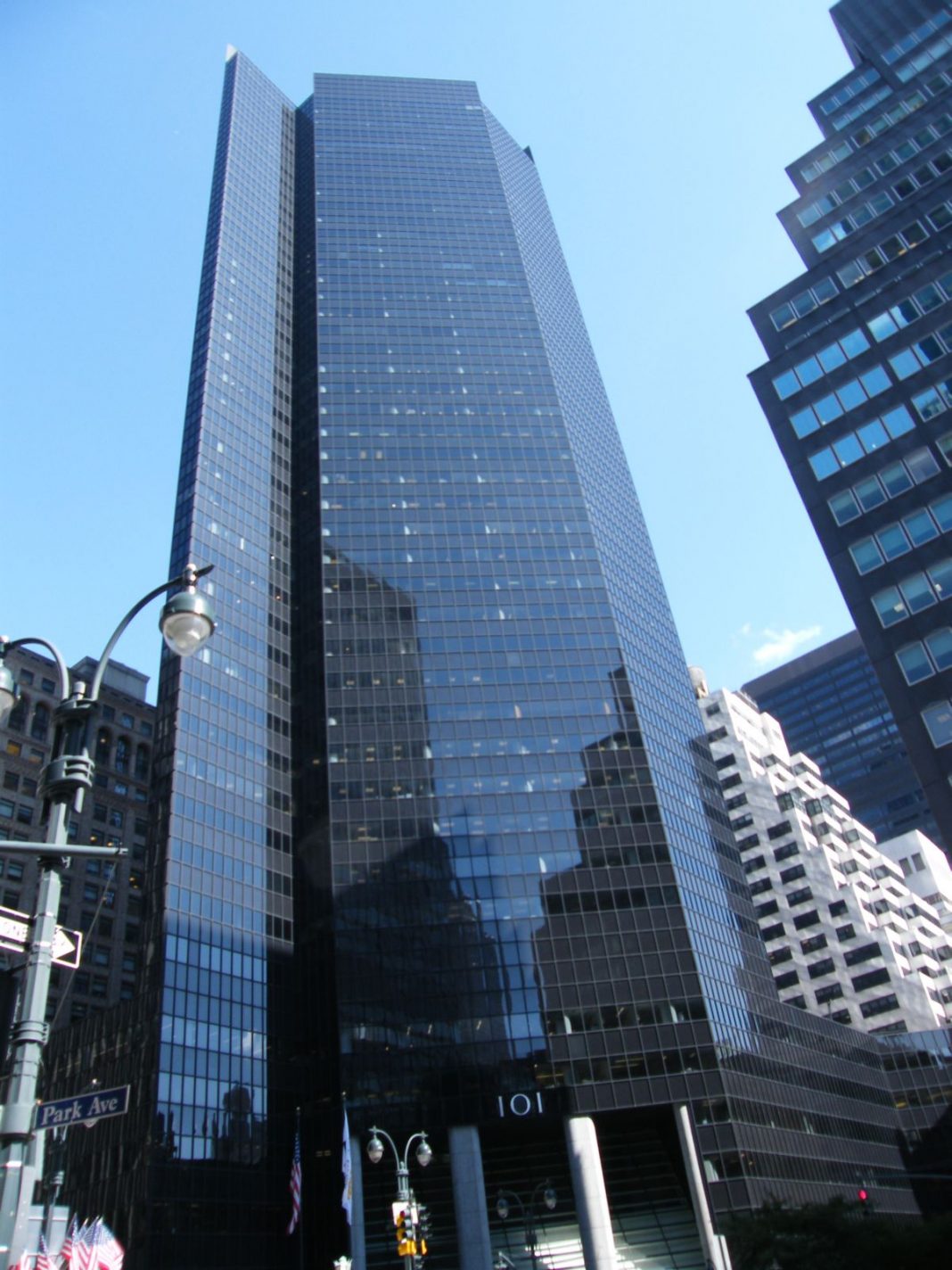By Hellen Zaboulani
As the barren office buildings across the Big Apple gear up for reopening, landlords are giving workspaces a post-pandemic makeover. The first changes to be implemented will be as per the guidelines for commercial buildings published by the Real Estate Board of New York on June 4th. The recommendations entailed therein call on landlords to stock up on cleaning supplies, reconfigure seating to allow for social distancing in common spaces. Building owners will also be responsible to take the temperature of everyone entering the building, and require everyone to wear facial coverings.
As reported by Crain’s NY, however, landlords are expecting that the changes set forth by the trade association are just a start. Landlords, architects and lawyers are working to reconfigure office density, how to run the lobby spaces, and elevator protocol. At the forefront of their minds is how to return all the employees into the same confined office spaces, said Antonio Argibay, the managing principal at architecture firm Meridian Design.
“I think working from home will become part of the ecosystem,” said Bill Rudin, REBNY’s chairman and Rudin Management’s CEO. “But you still need to connect.” Rudin is on Gov. Andrew Cuomo’s NY Forward advisory board, which has been counseling the city how to reopen, and devising protocols for building reentry and managing construction sites. Argibay expressed doubt that work places can resume the same way with congested workspaces any time in the near future. “People supporting dense spaces touted it as collaborative and a good way to induce collaboration,” Argibay said. “I think collaboration happens when people have a certain level of comfort in their workplace.” While many experts are stressing the use of plexiglass barriers, he is suggesting more social distancing. In the new floor plans Argibay is working on, he is making smaller clusters for no more than four people. When large conference rooms are required he is stamping in suitable distance markers to allow for personal space.
Luxury add-ons, such as shared social spaces and faculty gyms that high-end developers invested in for their buildings, remain an enigma. “I’m not saying that amenities are gone forever,” says Ken Fisher of Fisher Brothers, who owns several Manhattan properties. “But there’s going to be changes in the ways people interact.” Fisher is thinking about making changes to his buildings such as automatic doors, voice-activated elevators and ultraviolet light in heating, ventilating and air-conditioning systems. Letting in more fresh air will be great for the building, said Fisher.
Those kinds of changes will not come overnight though. In the interim tenants will need to settle for elevator operators who push the buttons with a limited number of riders permitted at a time, and old-fashion ways to mark standing spaces.
As for a solution to crowded workspaces, businesses are considering staggered shifts for employees, said Richard G. Leland, a real estate attorney at Akerman. While there are several options, employees may be assigned different days to come into the office, and work remotely the other days of the week. This is an obvious way to reduce traffic and occupancy levels in a building, and ensure social distancing. “Are these going to be permanent changes?” Fisher said. “It depends on how long the hangover from this lasts.”





